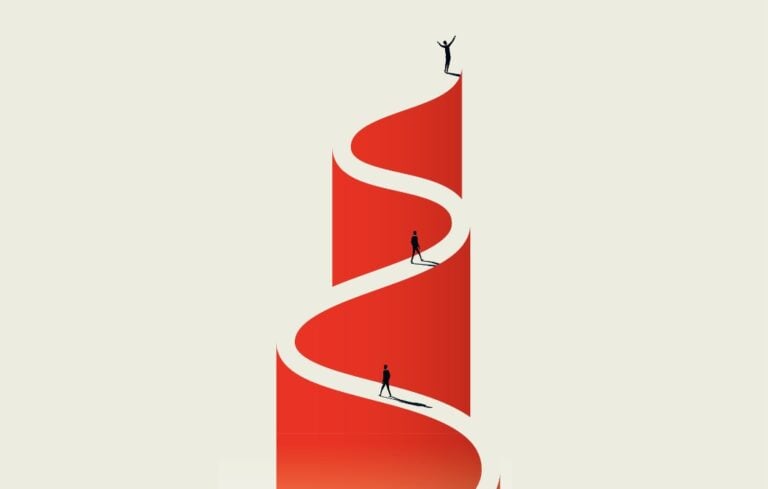
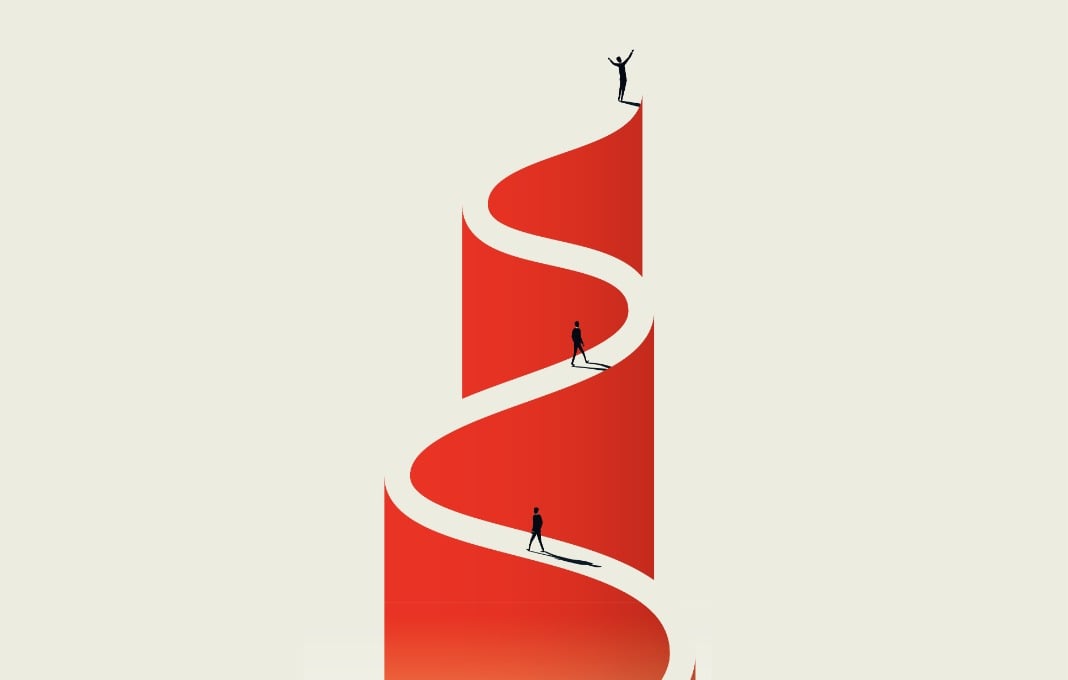

The biggest threat to your leadership isn’t AI, economic uncertainty or the competition—it’s the version of yourself you present at work every day.
Today’s greater workplace pressures mandate greater efforts from the top boss on down. That means serious exploration and examination, internal as well as external. Corporate executives, middle managers and team leaders, regardless of industry or professional arena, need to be willing to ask themselves hard questions and accept honest feedback from others.
That’s what doing the work looks like. It’s not cookie-cutter employee surveys or brief introspection between board meetings. It’s deciding that everyone benefits when bosses understand themselves, their leadership styles and what does and doesn’t work for staff. It’s self-awareness that starts in the C-Suite and spreads a message of concern, commitment and openness that can bolster morale, improve performance and increase profits.
Right now, when employees are still working from home or upset over being ordered back, when people are working alongside the artificial intelligence that they worry will take over their jobs, when anyone could be let go at any time due to economic uncertainties, they need leaders who understand their anxieties and, more importantly, their own strengths and weaknesses and want to create an environment where honest feedback is valued.
The solution isn’t complicated, but it does require courage. What I’ve dubbed “The Three Agreements” are steps that use personal inquiry to enhance professional outcomes. These agreements make for more authentic, galvanizing leaders, the kind to which employees and marketplaces respond, and the kind people choose to stay for.
Identify your real values. Not ones based on job descriptions or daily functions, but the ones that make you who you are and how you want to show up. Figure out your biases, triggers and emotional patterns, how you came by them, and whether you need to overcome them. How do the descriptors you use for yourself—values-based, curious, high-energy, low-key—manifest themselves, and how do they affect the people who work for you. In my case, I started by examining my triggers. I noticed I became angry when team members lacked accountability or didn’t seem to take ownership. I realized that behavior threatened a core value developed from childhood. Growing up, a primary caretaker wasn’t dependable or accountable and that shaped how I showed up as a leader. My reaction was personal and not professional. Once I understood where my reaction came from, it changed how I led. Now, I address accountability issues without letting my own baggage cloud my judgment.
This is the part where you might not like what you hear but learn from it anyway. The painful ‘Hey, it’s not a them issue, it’s a me issue’ realization. It’s in this step that you recognize the correlation between how others see and experience you and how you see yourself. You don’t just hear, you listen. For me, it was paying attention to what wasn’t being said. People loved sharing wins with me, but I noticed significant gaps in my knowledge about project challenges. So, I asked directly: “Why am I not hearing about the struggles?”
The answer landed hard: “You always seem to have it all together. We don’t want to look like we’re failing in front of you.” I’m a Type A perfectionist. It comes with the CEO territory. But when that trait makes people hide problems, it’s not serving anyone. Now, I use formal 360 reviews sent to staff, my board and community partners. The feedback is eye-opening every time. But the real work started when I got curious about the silence in the room—and was brave enough to ask why.
Now that you’ve asked some big questions, really listened to the answers and hopefully gained some more self-awareness, this is where you pull it all together. It’s where you create or solidify a values-based framework and cultivate those values in others, helping the entire team avoid the psychological exhaustion that can come from not being yourself at work.
My framework is built around accountability, authenticity, creativity, collaboration and joy. I once had to lay off 50 people and realign 100 others across multiple regions. It’s easy to approach RIFs with grim efficiency. But living my values meant personally delivering the news to every single person we let go; being authentic about why we were making these decisions and not hiding behind corporate-speak; finding creative ways beyond severance to help people transition by making introductions, writing recommendations and extending healthcare coverage; collaborating with the remaining team to redesign how we’d work together; and exhibiting joy—yes, joy—in honoring people’s contributions during exit conversations.
Keep in mind that this journey of self-discovery and improvement is not a one-and-done process; effective leadership means reevaluating your style and what authenticity looks like at regular intervals.
The Three Agreements, and the follow-through on what executives learn about themselves, will separate those who simply want to manage from those who want to lead and inspire. They can look the same, but they aren’t. The former wants to get the job done; the latter wants to create change, have impact and perhaps leave a legacy—huge goals that don’t just come about on their own.


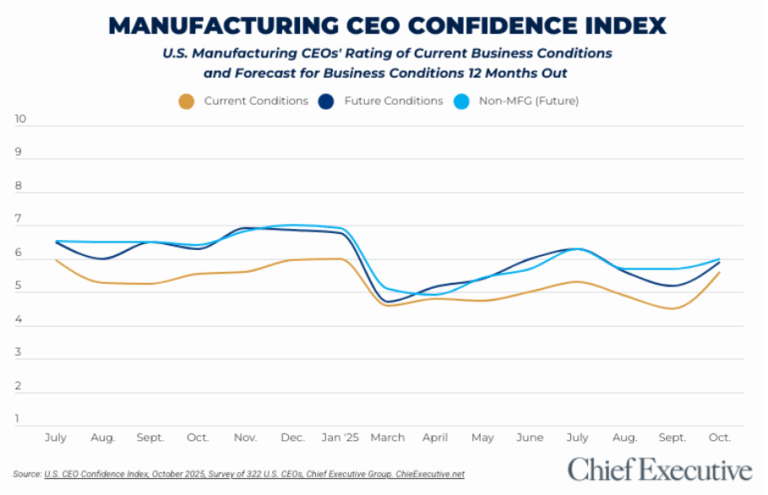
0
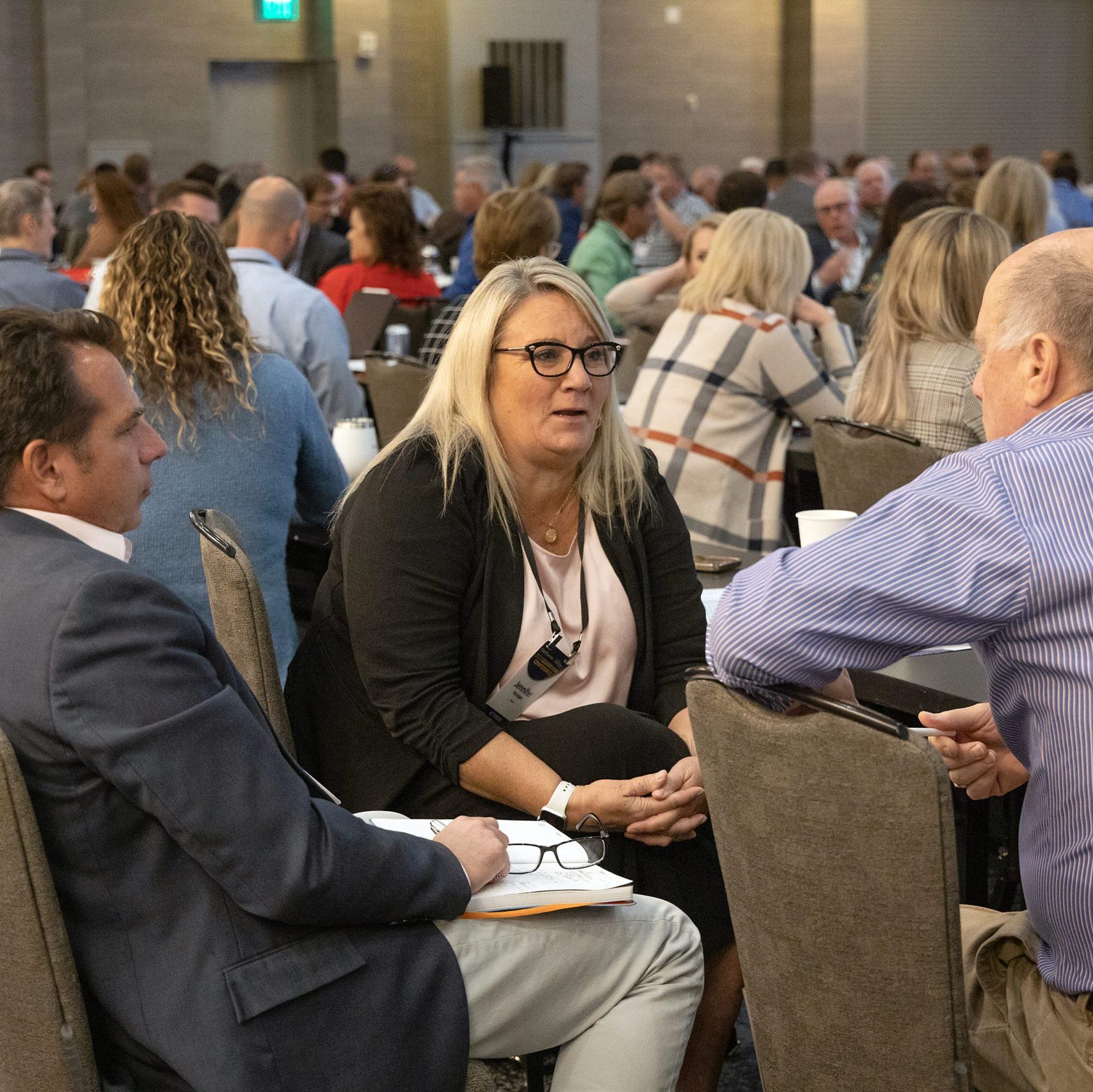
1:00 - 5:00 pm
Over 70% of Executives Surveyed Agree: Many Strategic Planning Efforts Lack Systematic Approach Tips for Enhancing Your Strategic Planning Process
Executives expressed frustration with their current strategic planning process. Issues include:
Steve Rutan and Denise Harrison have put together an afternoon workshop that will provide the tools you need to address these concerns. They have worked with hundreds of executives to develop a systematic approach that will enable your team to make better decisions during strategic planning. Steve and Denise will walk you through exercises for prioritizing your lists and steps that will reset and reinvigorate your process. This will be a hands-on workshop that will enable you to think about your business as you use the tools that are being presented. If you are ready for a Strategic Planning tune-up, select this workshop in your registration form. The additional fee of $695 will be added to your total.
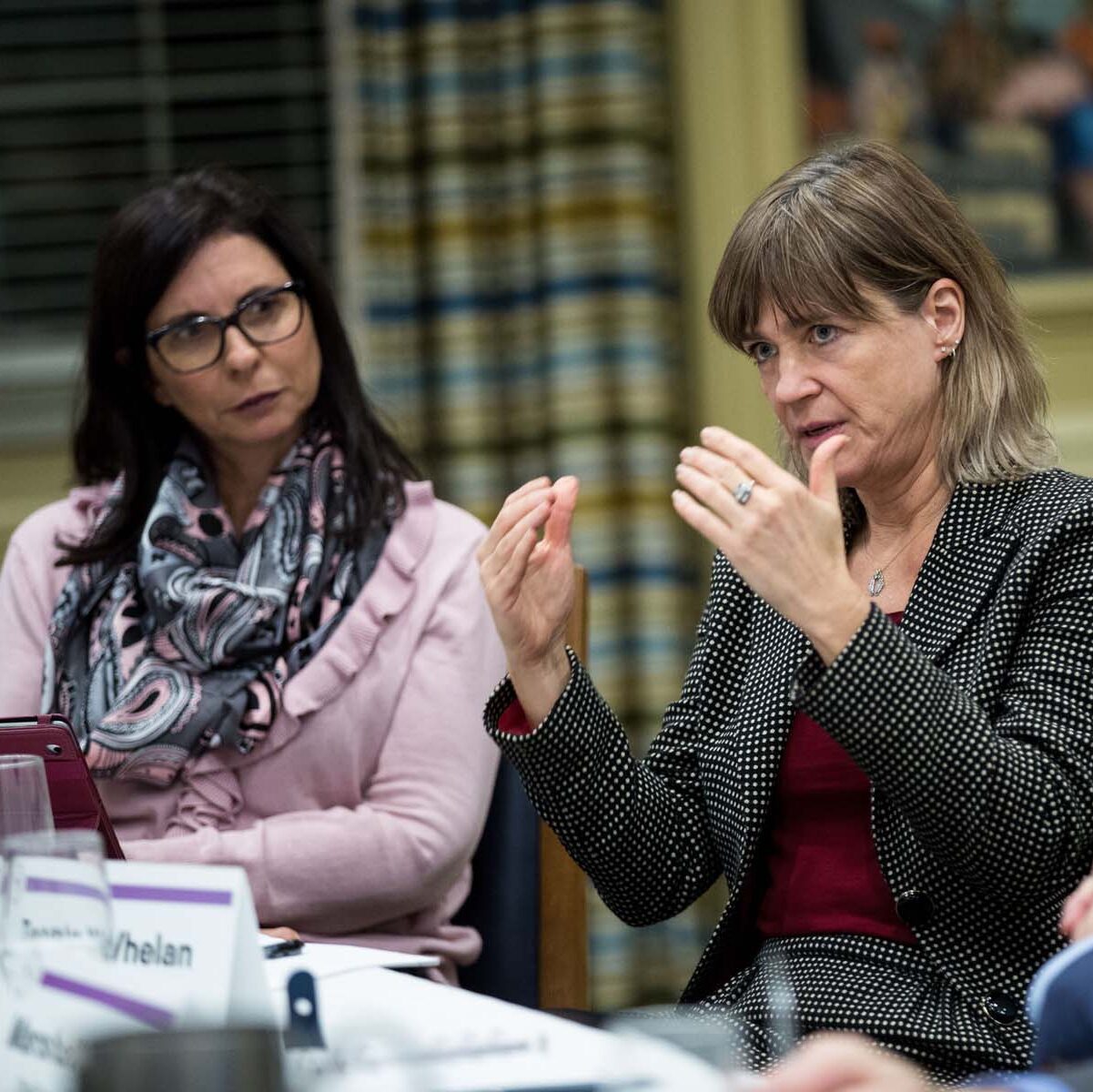
2:00 - 5:00 pm
Female leaders face the same issues all leaders do, but they often face additional challenges too. In this peer session, we will facilitate a discussion of best practices and how to overcome common barriers to help women leaders be more effective within and outside their organizations.
Limited space available.

10:30 - 5:00 pm
General’s Retreat at Hermitage Golf Course
Sponsored by UBS
General’s Retreat, built in 1986 with architect Gary Roger Baird, has been voted the “Best Golf Course in Nashville” and is a “must play” when visiting the Nashville, Tennessee area. With the beautiful setting along the Cumberland River, golfers of all capabilities will thoroughly enjoy the golf, scenery and hospitality.
The golf outing fee includes transportation to and from the hotel, greens/cart fees, use of practice facilities, and boxed lunch. The bus will leave the hotel at 10:30 am for a noon shotgun start and return to the hotel after the cocktail reception following the completion of the round.